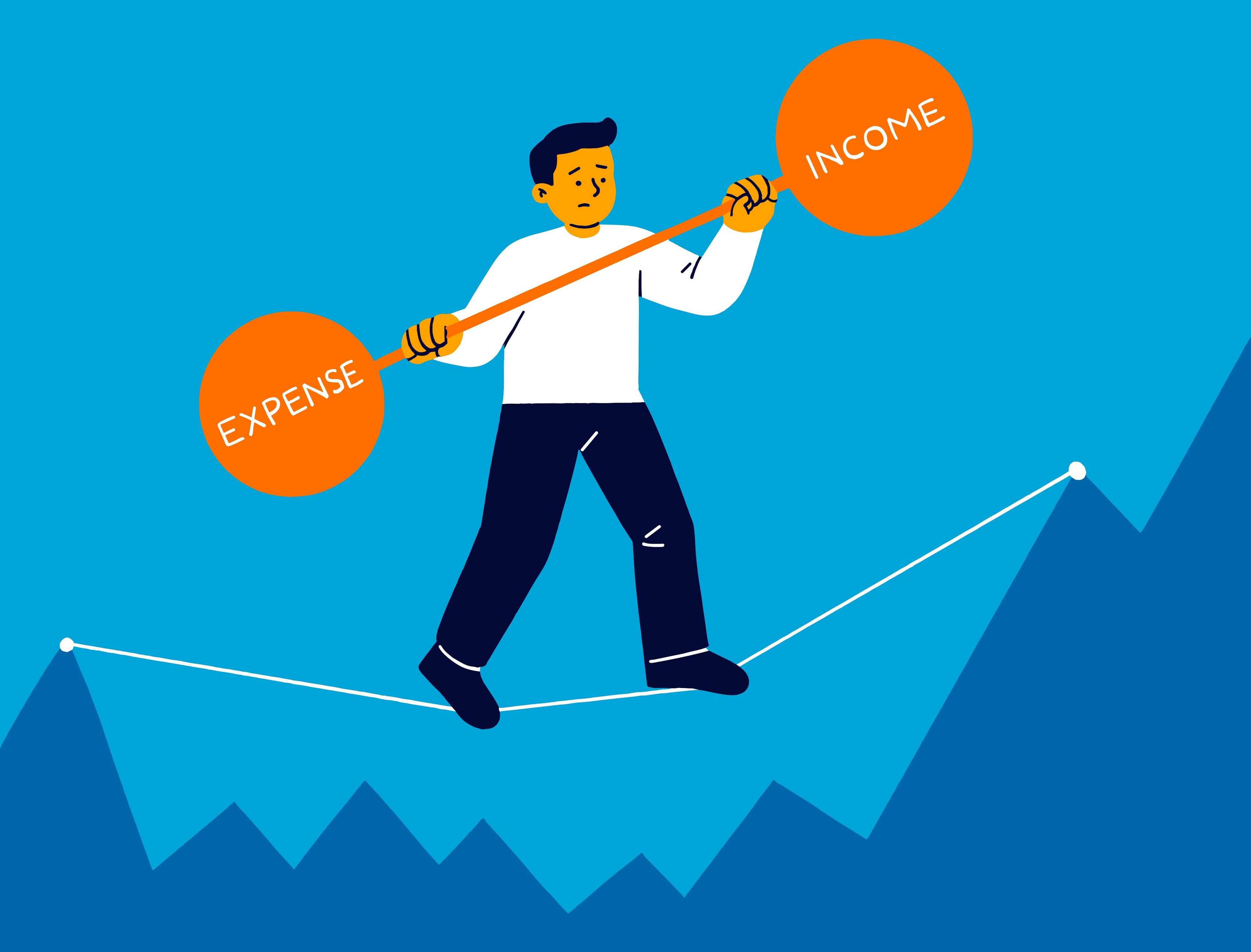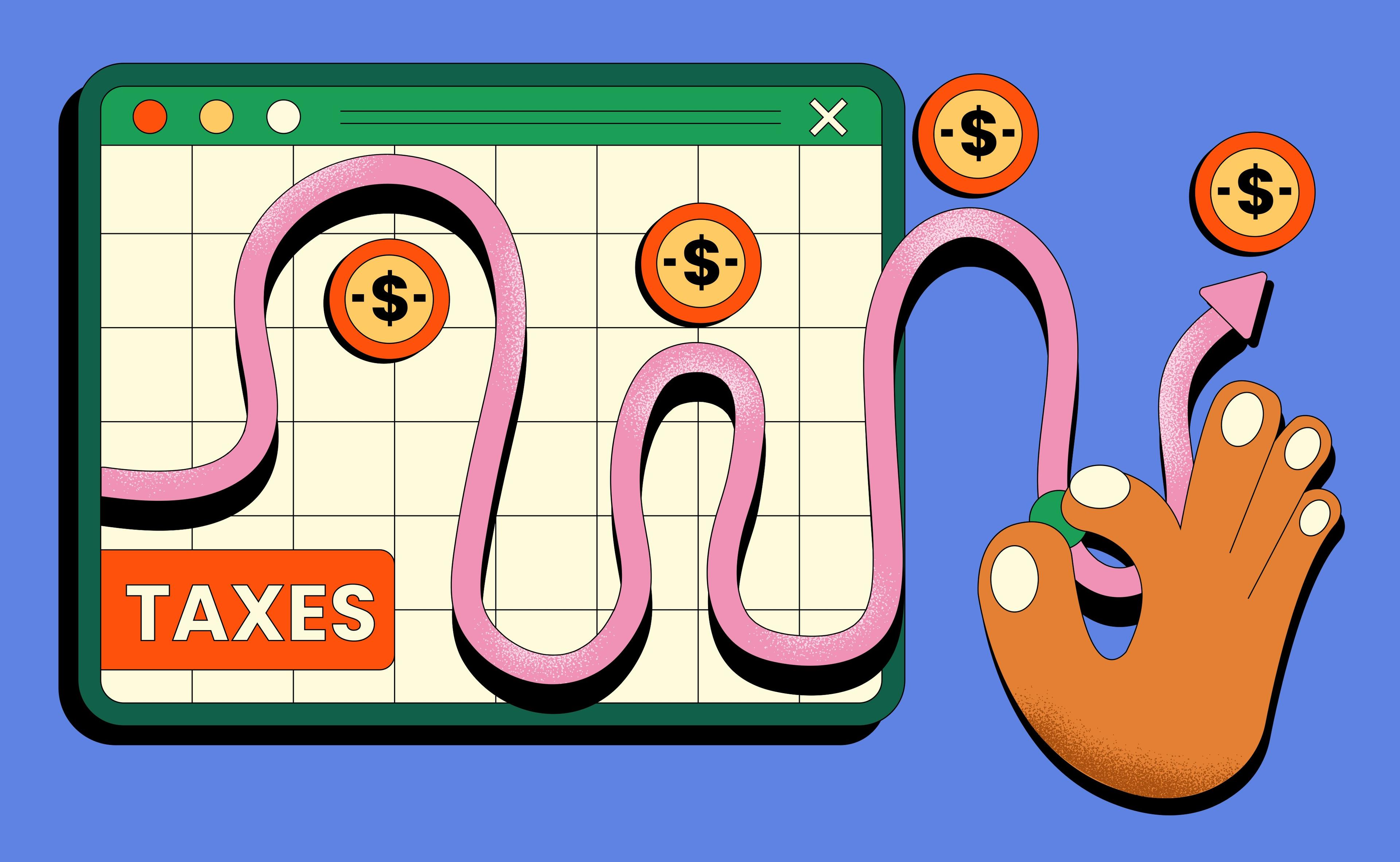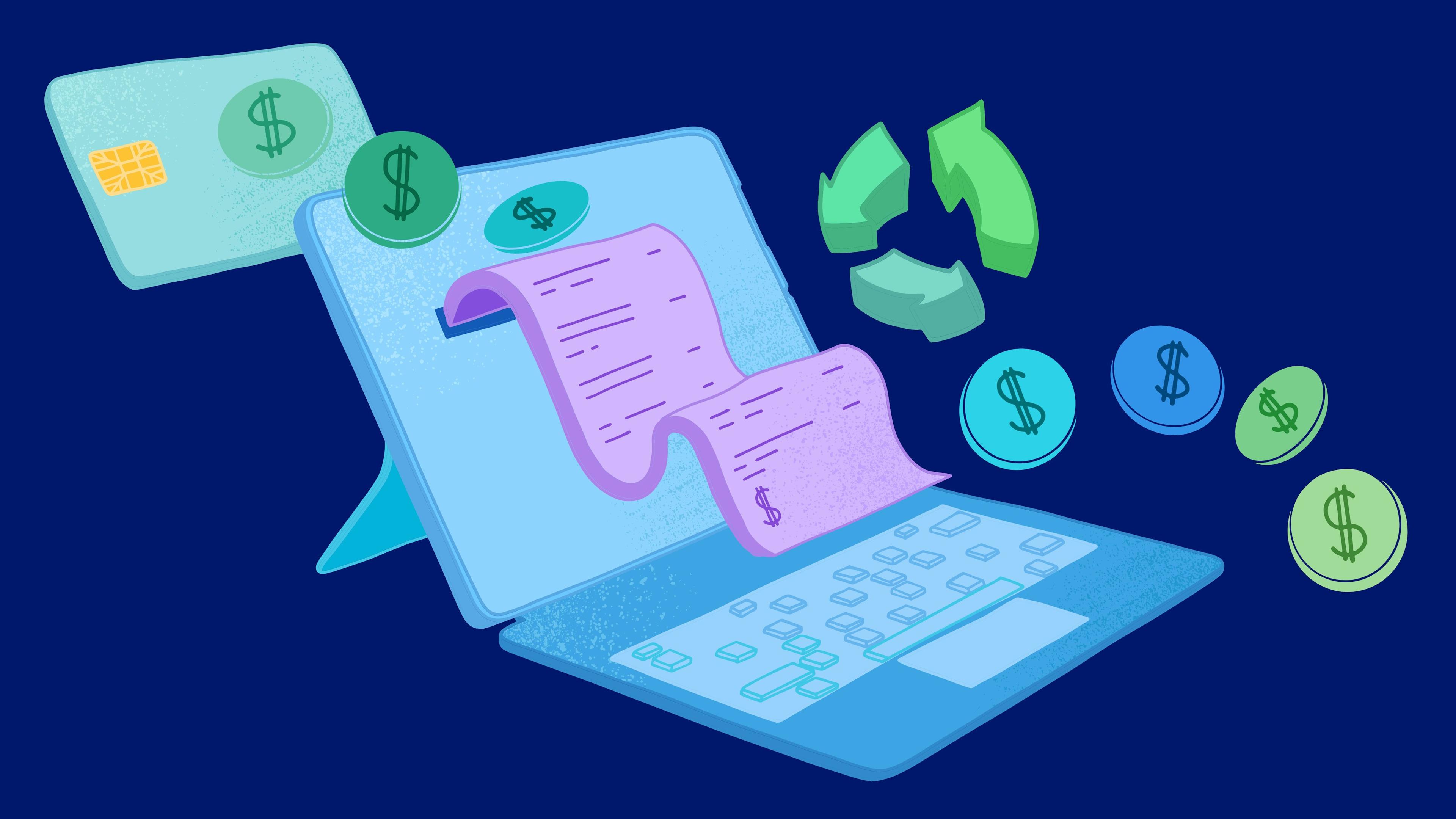Most people first meet the idea of investing through loud, fast content. Screenshots of sudden profits, charts that spike overnight, someone on social media claiming a single stock or token changed their life. It is entertaining and sometimes even true, but it also creates a distorted picture of what long term investing really looks like. Over ten, twenty, or thirty years, wealth is rarely built by catching every perfect trade. It grows through quiet habits, patient decisions, and a structure that lets your money work in the background while you deal with the rest of your life. When you talk about key investment strategies for long term growth, you are really talking about how to design a system that keeps going even when you are tired, busy, or distracted.
The starting point for that system is not a hot tip or a clever product, but stability. If your financial life is one accident away from being wiped out, any investment plan is fragile from day one. So the first step is to shore up the basics. That usually means building a simple emergency buffer in cash or very safe savings products and dealing with expensive debt. Credit cards and certain personal loans charge such high interest that they quietly erase the gains you might get from investing. You do not need to be completely debt free before you start, but you want to reduce the chance that a medical bill, a car breakdown, or a sudden job loss forces you to sell your investments at the worst possible moment. Long term growth depends on time, and stability is what buys your investments that time.
Once a basic safety net is in place, the next challenge is consistency. Most people do not fail at investing because they cannot understand charts or formulas. They struggle because life gets in the way. Rent is due, friends ask you out, a phone needs replacing, and the money that was supposed to be invested quietly stays in your spending account. This is where automation becomes one of the most powerful tools you have. When you arrange for a fixed amount of money to move from your main account into an investment account right after you get paid, you remove willpower from the equation. The same principle applies when you set up recurring purchases into a chosen fund or portfolio. Over time, this creates a pattern known as dollar cost averaging, where you buy more units when prices are low and fewer when prices are high. It is not magic, but it keeps you investing through different market moods without forcing you to make a fresh decision every month.
With consistency taken care of, attention turns to what you actually invest in. The harsh truth is that trying to pick the next superstar stock or token is difficult even for professionals with teams and data. For most people focused on long term growth, broad and simple investments work better than complicated ones. Index funds and exchange traded funds that track a whole market or region are examples of this kind of building block. They hold hundreds or thousands of companies in one package. Instead of betting everything on a single name, you buy a slice of the overall economy and allow general growth and innovation to show up in your portfolio over time. Within this world, fees quietly matter a lot. A high fee fund might look similar to a low fee fund on the surface, but over decades, the extra cost eats into your returns. Choosing low cost, diversified funds is one of the most boring decisions you can make and one of the most powerful.
Diversification itself is another core strategy for long term growth, but it is often misunderstood. Many people think they are diversified because they own several stocks in the same sector or have multiple accounts in the same country. True diversification spreads risk across asset types, industries, and sometimes currencies and regions. That might mean combining equities with some bonds, cash like instruments, or other relatively stable assets. It might mean having exposure to more than one geographic market so that a downturn in your home country does not hit both your job and your investments at the same time. The goal is not to avoid all losses. That is impossible. The goal is to avoid situations where a single shock wipes out everything you have built. When your portfolio is built so that different parts behave differently under stress, you gain resilience, and resilience is what lets you stay invested through difficult periods.
For many people, it can be useful to think of their money in buckets rather than as one big pile. One bucket holds funds for near term needs and emergencies, kept in safer and more liquid assets. Another bucket holds growth investments that you truly do not plan to touch for many years. Some people even add a smaller bucket for speculation where they can take higher risks with a limited amount of money. This mental structure has a psychological benefit. When you know which bucket is meant to do what, you are less tempted to raid your long term growth investments for short term wants, and you are less likely to turn your entire portfolio into a casino when markets get exciting. The presence of a small speculative bucket can satisfy the urge to experiment or chase trends, while the larger, more serious buckets quietly support your long term goals.
No investment strategy is complete without taking your own emotions seriously. Markets rise and fall, and at some point you will open your app and see that your portfolio has gone down by ten, twenty, or even thirty percent. If you have never thought about how you will respond to that feeling, you might panic and sell at the worst time. That moment is where years of patient contributions can be damaged in a few clicks. To prepare for this, you need both self knowledge and structure. Self knowledge means being honest about how much volatility you can stand without losing sleep. If sharp swings terrify you, it is better to build a slightly more conservative portfolio from the beginning than to choose an aggressive one that you cannot stick with. Structure means having a plan in advance for what you will do in a downturn. Some people decide that as long as they still have a job and their time horizon remains long, they will simply continue their regular investments and avoid checking their balances too often. Others plan to review their portfolio only once or twice a year. Whatever the details, the key is that you are not making decisions purely in reaction to fear.
Rebalancing fits into this long term picture as a kind of routine maintenance. Over time, some parts of your portfolio will grow faster than others, and your original mix of assets will drift. If equities perform very well for several years, they might become a much larger share of your portfolio than you initially intended, which also increases your exposure to market swings. Rebalancing means periodically checking your allocations and bringing them back in line with your targets. In practice, that often means selling some of what has done well and buying more of what has lagged. It can feel wrong in the moment, because you are trimming winners and adding to laggards, but over time it helps you avoid accidentally taking on more risk than you wanted and encourages a disciplined habit of buying low and selling high at the portfolio level.
Another set of leaks in the long term wealth engine comes from fees and taxes. They are less exciting to talk about than stock picks, but they matter just as much. Fees show up in many forms. There are fund management charges, brokerage fees for each trade, platform charges, and even currency conversion costs if you invest in foreign assets. Each one may look small on its own, but they accumulate year after year. Choosing simpler products with lower recurring fees is a direct way to keep more of your returns. Taxes depend heavily on where you live, but the basic principle is to understand how your gains are treated and whether there are any tax advantaged accounts or structures available for long term investing. Even a modest improvement in your after tax return, compounded over decades, adds up to a meaningful difference.
People also often ask where high risk assets like crypto or leveraged products fit into a long term strategy. The honest answer is that for many investors, they either do not fit at all or they belong in a tightly limited speculative section of the portfolio. That does not mean such assets are always bad, but their volatility and complexity make them dangerous if they sit at the center of your plan. A more balanced approach is to decide on a small percentage of your total investments that you are comfortable experimenting with, knowing it could drop significantly without destroying your overall path. You stay away from leverage that can amplify losses, avoid platforms you do not understand, and treat any major gains as a chance to lock in some profits and strengthen the core of your portfolio rather than as proof that you will always be right in the markets.
Long term growth also depends on something outside the portfolio itself, which is your ability to keep increasing the amount you invest. Even a clever investment strategy struggles if your contributions are tiny and stay flat for years, while a simple portfolio can achieve impressive results when fed consistently with growing amounts of capital. That means your career, skills, and earning power are part of your investment strategy. Upskilling, switching to higher value roles, negotiating better pay, or starting side income streams all increase the fuel going into your wealth engine. Instead of seeing work and investing as separate topics, it helps to view them as two sides of the same plan. Your income growth funds your investments, and the investments in turn build a future where you have more choices about how and when you work.
In the end, a strong long term investment strategy should be simple enough that you can explain it to yourself or someone else in one or two sentences. If it feels like you need a spreadsheet of rules just to keep track, it is probably too complex to sustain. A clear example might sound like this. You commit to investing a fixed percentage of your income each month into low fee, diversified funds, you maintain a reasonable cash cushion for emergencies, you review and rebalance your portfolio once or twice a year, and you limit any high risk bets to a small, controlled part of your overall capital. From there, your main job is not to chase every new idea you hear, but to stick with the plan and adjust only when your life circumstances or goals change.
The real secret, if there is one, is that the key investment strategies for long term growth are not hidden behind paywalls or insider groups. They are principles that many people have heard but only a smaller group applies consistently. Protect your downside so you are not forced to give up at the worst moment. Automate your contributions so that saving and investing happen with minimal effort. Keep fees and complexity under control, diversify sensibly, and respect your own tolerance for risk. Combine those habits with a focus on growing your income over time, and your investments shift from being a stressful side hobby to a steady engine that slowly but surely expands your financial options. The earlier you put that engine in place and the longer you leave it running, the more powerful it becomes.














